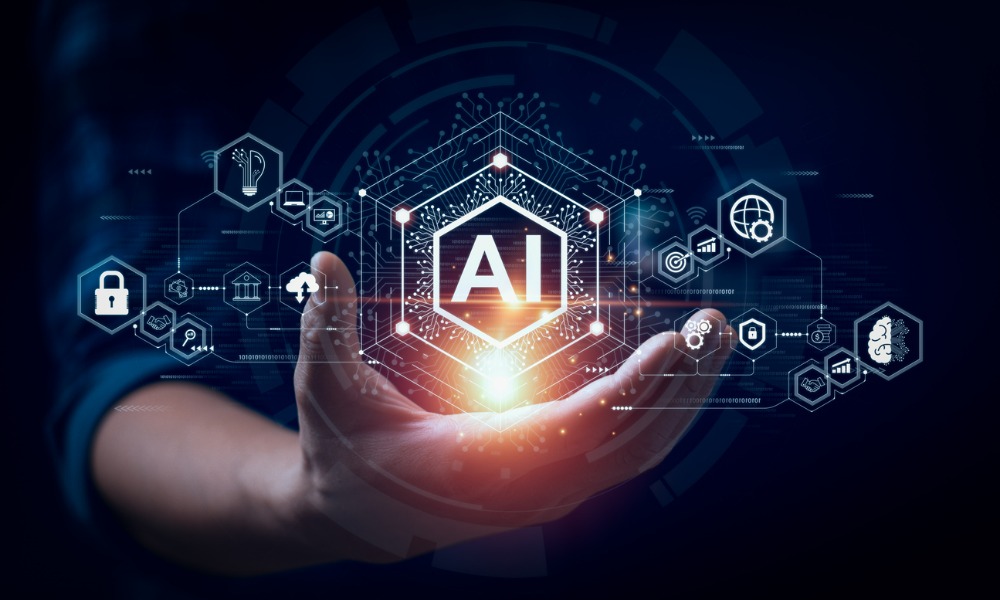Why technology is 'jumping the chasm' and safety leaders have a choice to make

Safety communication plays a crucial role in ensuring the well-being of workers in various industries. With the rapid advancement of technology, experts are constantly exploring innovative ways to enhance safety practices. Shilo Neveu, executive vice president health and safety at Valard Construction, expects artificial intelligence (AI) will revolutionize safety communication.
It's crucial, according to Neveu, for safety professionals to be early adopters of the transformative power of AI. He draws parallels between the current stage of AI development and Fonzie jumping the shark in Happy Days, stating, "I think we're jumping the chasm right now. And we're going to see whether it's going to be a landing on the other side."
Neveu emphasizes the importance of leveraging AI tools such as Chat GPT and the advancements made by OpenAI in the realm of safety communication. "What does that mean for the industry? AI is going to be a really big piece. We have tons of data out there, and the problem is consuming that data," says Neveu.
He highlights the symbiotic relationship between hardware and software development, with the latter playing a pivotal role in integrating various technologies. "When you have the software and then you can integrate it into ecosystems and all these types of things, now you have something that is extremely powerful and useful that integrates with so many other things," explains Neveu.
He will be speaking at the upcoming Safety Innovation Summit, as part of a panel discussion on AI's role in analyzing and effectively communicating data. Neveu says, "AI can be used to gather information from the field, bouncing it to the back end, analyzing it, and then spitting it back to the front end. There's another way of communicating directly to the field."
Neveu's approach to safety communication centres around the practical application of AI tools to improve processes and enhance worker safety. He stresses the importance of clear and concise communication tailored to the needs of frontline workers, who face the highest level of risk. "My audience is the field. They are the tip of the spear. They're the ones that are doing the actual dangerous work.”
Neveu shares insights into how AI is already being utilized to accelerate safety procedures. By collaborating with domain experts, Neveu's team has leveraged chat-based AI systems to convert raw material into efficient procedures. "With chat GPT, what we found is that it's actually pretty darn good at taking that raw material and actually placing it into a procedure for us," Neveu notes.
He believes AI tools like Chat GPT act as accelerators, augmenting human expertise rather than replacing it. The process allows safety professionals to swiftly create and refine procedures, saving valuable time and improving the speed of communication from the field to the back office and back to the field.
Neveu also sheds light on the potential of AI in generating scripts for online learning and voice overlays for videos. He says at Valard, they have a guy they really like to use for recording voice overs, but sometimes he’s not available.
"Now we have another site that can generate his voice all the time…there's your voice overlay. I don't need to bug this guy," says Neveu, who thinks the integration of AI technology enables organizations to create content more efficiently and reduces dependence on external resources.
Neveu urges organizations to consider the well-being of their employees and embrace AI to improve safety practices. "I think this bad boy is jumping the chasm. And so, you've got a choice now of where you want to be.”





